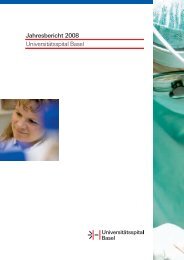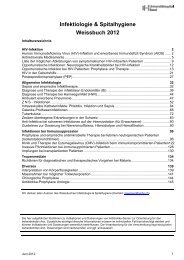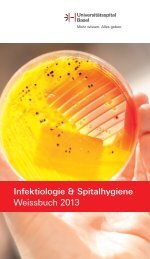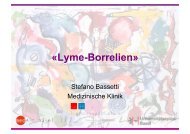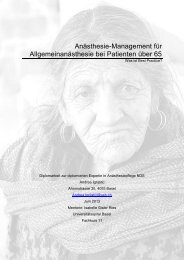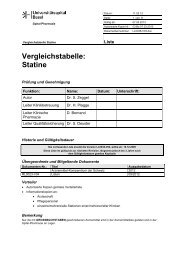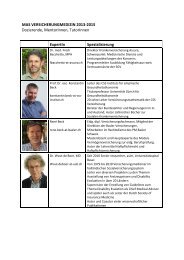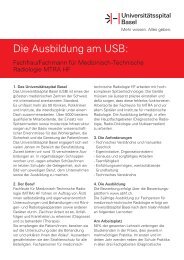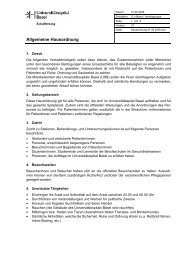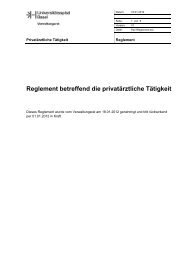Transmucosal Nasal Drug Delivery: Systemic Bioavailability of ...
Transmucosal Nasal Drug Delivery: Systemic Bioavailability of ...
Transmucosal Nasal Drug Delivery: Systemic Bioavailability of ...
Create successful ePaper yourself
Turn your PDF publications into a flip-book with our unique Google optimized e-Paper software.
2. Impact <strong>of</strong> anatomy and physiology on transmucosal nasal drug delivery<br />
2 Impact <strong>of</strong> anatomy and physiology on transmucosal<br />
nasal drug delivery<br />
2.1 Anatomy and physiology <strong>of</strong> the nose<br />
The surface <strong>of</strong> the nasal cavity is enlarged by three nasal conchae (superior, middle, and inferior),<br />
facilitating purification, humidification and temperature regulation <strong>of</strong> inspired air [Mygind and Dahl<br />
1998] (see Figure 2-1). The total surface <strong>of</strong> both nasal cavities is about 150 cm 2 (150-200 cm 2 )<br />
[Merkus 2004] <strong>of</strong> which the respiratory epithelium covers about 130 cm 2 (large inferior turbinate)<br />
and the olfactory region about 2 cm 2 to 10 cm 2 (superior conchae).<br />
The narrowest portion <strong>of</strong> the entire upper airway, the internal naris (nasal valve), is located about<br />
1.5 cm from the external naris. The nasal valve accounts for approximately 50% <strong>of</strong> the total<br />
resistance to respiratory airflow from the nostril to the alveoli.<br />
Figure 2-1: Section <strong>of</strong> the human nasal cavity, from SEER’s webbased<br />
Training Module [SEER, 2007]<br />
Breathing and olfaction are the prime functions <strong>of</strong> the nasal cavity. Beside these functions, the<br />
nasal cavity and the paranasal sinuses are important for the resonance <strong>of</strong> the voice.<br />
The high vascularization <strong>of</strong> the submucosa facilitates warming up <strong>of</strong> the inspired air. The<br />
submucosal vascular plexus consists <strong>of</strong> arterioles, capillaries, semi-permeable post capillary<br />
sinusoids and venules. The post capillary sinusoids regulate resistance and secretory activity <strong>of</strong> the<br />
nasal mucosa. Vasodilatation and extravasation <strong>of</strong> plasma resulting in nasal congestion and<br />
rhinorrhoea, is induced by histamine, kinins, substance P, platelet-activating factor, and various<br />
leukotrienes [Foley and Hamid 2006].<br />
Katja Suter-Zimmermann Page 17 <strong>of</strong> 188 University <strong>of</strong> Basel, 2008




